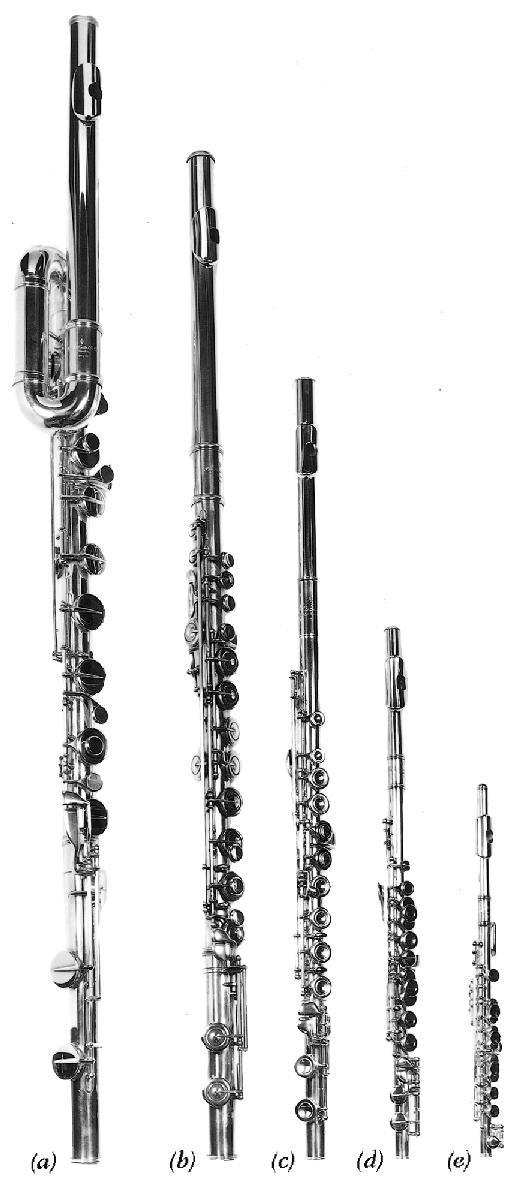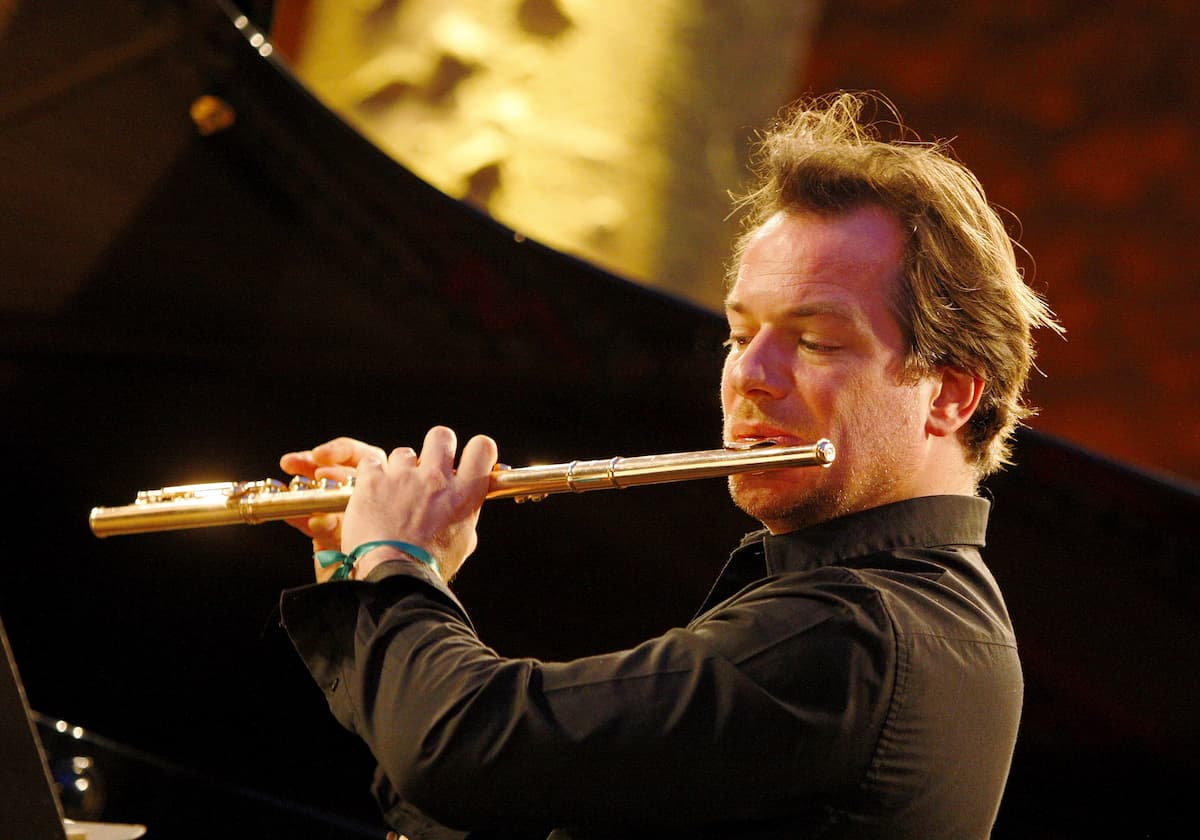It's all about the classical music composers and their works from the last 400 years and much more about music. Hier erfahren Sie alles über die klassischen Komponisten und ihre Meisterwerke der letzten vierhundert Jahre und vieles mehr über Klassische Musik.
Total Pageviews
Thursday, May 16, 2024
Regine Velasquez-Alcasid sings "Araw-Gabi" LIVE on Wish 107.5 Bus (Power...
Voilà - Emma Kok & André Rieu - Lyrics
Richard Clayderman - La Mer (Beyond The Sea) @TatianaBlue
Wednesday, May 15, 2024
Monday, May 13, 2024
Elsa Esnoult - Souviens-toi [CLIP OFFICIEL]
Sunday, May 12, 2024
Great Pianists DESTROY Piano for 14 Minutes Straight (Volume up!)
Symphony guide: Webern's op 21
This article is more than 10 years old
Anton Webern's Symphony, Op 21 for strings (without double-basses), harp, clarinet, bass clarinet, and two horns is a piece that takes the idea of symphonic self-referentiality to an intensely concentrated extreme, and it's so focused in its choice of notes and precise disposition of rhythm and texture, that the result is a distilled expression and extension of symphonic logic into every dimension of music that's pretty well unparalleled in the story of the symphony. The paradox is that this apparently tiny, pocket-sized piece (its full score is written on just 16 pages), does things with the most important elements of all, our old friends musical space and time, that much grander symphonies take ten times as long to achieve. And Webern's Symphony manages something even more remarkable: the whole academic discourse of score-based musical analysis is (or was) based on proving how "organic" and "logical" symphonic structures can be, supposedly endowing Beethoven's music, say, with the objective power and glory of natural phenomena. But Webern's little symphony is probably the most genuinely "organic" symphony ever composed, in the sense of creating networks of connections between its smallest scales and its largest dimensions, so that there's a symbiotic relationship between the way every fragment of motive and melody sounds and the shape of the whole symphony. That all-pervasive connectivity, this "striving for unity", as Webern put it, was inspired by his love of nature (Webern was a keen alpinist); as he said, referring to Goethe's idea of the "Urpflanze" - the ur-plant: "the root is really nothing other than the stalk, the stalk nothing other than the leaf, the leaf again nothing other than the blossom: variations of the same idea."
Benjamin's description beautifully captures the sense of stasis in this first movement of the Symphony, the uncanny feeling that time is not moving like an unstoppable arrow, but rather softly expanding and exploding in all directions, like the growth of a crystal - or, since it's nearly Christmas, a snowflake. The limpid clarity of the music, the spaces and silences around the musical material in the orchestration, the fact that Webern makes it impossible for you to miss a single note, and that each pitch has its own definite meaning and expression - it's all part of the articulation of the structure of the music. Every line you're hearing is a usually symmetrical fragment of the grander design of the 12-note row - itself symmetrically constructed - that the whole piece is based on. You literally hear time going backwards as well as forwards in this music, since Webern's canons play with the fact that the second six notes of the row are a transposed version of the first six, played backwards, and there are also bigger symmetries at work, to do with the shapes of both halves of the movement.
Keeping up? Not sure I am, but that's not the point! Rather, the thing is that all of this structural unity creates a symphonic form that sounds neither completely predictable nor totally random. When you listen to the Symphony, you're taken in by the centripetal concentration of the music, and you're set out on a meditative journey in the first movement into a vortex of almost infinite musical connectivity. This is an emotionally moving experience, too, in the range of expression Webern conjures, which includes heightened, violent lyricism as well as pointillist brilliance.
The connections continue in the Variations movement, in which the second half of each tiny variation - from a march to a moto perpetuo, from a lyrical reflection to an enigmatic coda - contains the same notes as the first half, played backwards, and in which the whole movement pivots around its exact middle point, the 4th variation. Webern himself was pretty thrilled with what he'd discovered in this piece: "Greater coherence cannot be achieved. Not even the Netherlanders [the Renaissance polyphonists like Ockeghem, whose music Webern had intensely studied] have managed this … The entire movement thus represents in itself a double canon with retrograde motion … What you see here (retrograde, canon, etc. - it is always the same) is not to be thought os as 'Kunststückerln' [artistic tricks] - that would be ridiculous! As many connections as possible should be created, and you will have to admit that there are many connections here!"
But I think George Benjamin again gets closer to what it's like to listen to this Symphony: "Paradoxically, this product of hermetic constructivism seems infused with intense emotion, that emotion evenly diffused across the whole surface of the music. Gone is the mono-directional thrust of Classical and Romantic music; in its place a world of rotations and reflections, opening myriad paths for the listener to trace through textures of luminous clarity yet beguiling ambiguity."
Franz von Suppé - Leichte Kavallerie - Franz Welser-Möst
Saturday, May 11, 2024
'Don’t Dream It’s Over' (CROWDED HOUSE) Song Cover by The HSCC
Franz Lehar – "Gold und Silber" / "Gold and Silver" Walzer – Hungarian S...
Friday, May 10, 2024
Erik SATIE - Gymnopedies 1, 2, 3 (60 min)
Best Quotes About Flutes and Flutists
by Emily F. Hogstad, Interlude

Modern orchestral flutes by Rudall, Carte & Co.: (a) bass in C; (b) alto in G; (c) concert in C; (d) treble in G; (e) piccolo in C
To celebrate the flute, we’ve assembled some famous quotes about both the flute and flutists. Enjoy!
The flute is not an instrument that has a good moral effect – it is too exciting.
– Aristotle, Politics
I practice in the same way as a singer or a violin player. When they sing, singers practice to try and get it like it is in the concert. Violin players certainly do that. String players certainly play like it is on the Carnegie Hall stage all the time, and that’s what I do. There’s a lot of wind players who play everything sort of mezzo forte, or piano, and they think when they get to the concert, they’ll give it the works. Then, they get to the concert, they find the works are not happening because they didn’t practice the works. You have to practice doing it, and getting things in focus.
– Flutist James Galway in an interview with Bruce Duffie

Mozart’s The Magic Flute © The MET
What’s even worse than a flute? – Two flutes!
– Composer Wolfgang Amadeus Mozart (possibly apocryphal, but too good and too famous to not include)
God picks up the reed-flute world and blows. Each note is a need coming through one of us, a passion, a longing pain. Remember the lips where the wind-breath originated, and let your note be clear. Don’t try to end it. Be your note.
– Poet Rumi
I also always carry my flute. It’s very important for me to try to relax when I’m traveling, and playing my flute helps me to unwind.
– Singer Andrea Bocelli, on Facebook
When it sounds too breathy, as if it has too much air, then it’s a question of the air column. It means that the player is not sending all the air in the good direction.
– Flutist Jean-Pierre Rampal, interview with the Washington Post
After I came out of surgery – I was in the hospital for five weeks – I found that I gravitated toward very gentle sounds: chant music, solo bamboo flute sounds, a laid-back record of my own called ‘Inside.’ And the music became a very real part of my recovery process.
– Flutist Paul Horn
The tonality of the flute almost has a mystic element to me.
– Film and television composer Ramin Djawadi
It’s a lot of work. You gotta practice for a long time to get it right… I really loved sitting in a symphony and sitting in an ensemble and playing music, and I would get goosebumps when we would play pieces.
– Singer, rapper, and flutist Lizzo hink of the air column as a part of your body, like a finger, which you can direct up or down very easily.
– Flutist Jean-Pierre Rampal, Flute Talk Magazine

Sir James Galway is known as the “Man with the Golden Flute”
Traveling a lot on airplanes, and spending a lot of time in hotels, the whole mucus gets dried out. So, I have a special ointment which you can buy from most chemists, and you just apply it in your nose and on your lips. A lot of people use this ‘Chap Stick’, but I never use it. That’s death for flute players because you put it on, and the thing is hard, and as you rub it on your lips, it tears a bit of skin off. It’s better to get a cream that’s soft, and apply it with the finger. You should do it after you’re finished playing the flute.
– Flutist James Galway in an interview with Bruce Duffie
It must be a passion – as important as the water you drink or the bread you eat.
My technical strengths come from many hours of practicing and listening. My weaknesses are like weeds. They keep reappearing. So I need to keep at them, to clear the garden so that the flowers can grow. I think this is true of all of us, in regular life too.
– Orchestral flutist Paula Robison, interview with the website Musician in Progress
I have always been in love with the flute—from the first moment I decided I wanted to learn to play when I was nine. I think many of us live in the world of music simply because this magical instrument called to us, and we had to play… I know this is true for me.
– Orchestral flutist Jeanne Baxtresser on her website

Emmanuel Pahud
I try to just deliver the best possible performance of what the composer has put in their music, and find the intentions of the composer between the lines of the score. It’s kind of like an actor who plays Shakespeare today; we’re trying to rediscover the meaning of these great works and find the best way to project this so that it resonates with a modern audience.
– Orchestral flutist Emmanuel Pahud, interview with the Australian Chamber Orchestra
It’s interesting having musicians that don’t all have the same experiences musically. They have a broad awareness of different kinds of music, but their comfort zone is not the same as the guy standing next to them. It typically means they may be a little out of their comfort zone when learning new material. But that’s part of the challenge. I have that same challenge if I play on somebody else’s record as a guest. I have to find a way to honor their style of music, even if it’s something I’m not particularly fond of. I must try to find a way to get inside their head and inside that music. Be able to make something that is compatible. That is a useful challenge for any musician to rise to. To find new contexts in which to play.
– Musician Ian Anderson, interview with V. W. Music
At some point, I had to realize that my pleasure and joy in doing the job could be enhanced if I became more accepting of my fallibilities. We strive for perfection in the practice room, but a human being sits in the chair in performance. That humanity is what makes live performance so compelling.
– Orchestral flutist Jeanne Baxtresser, interview with Don Bailey
I do not consider myself as having mastered the flute, but I get a real kick out of trying.
– Flutist James Galway